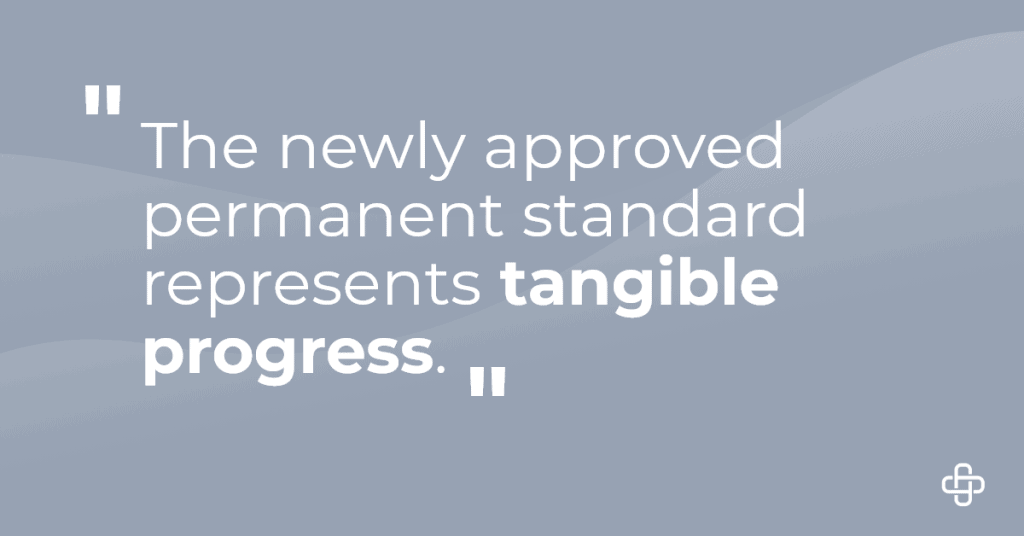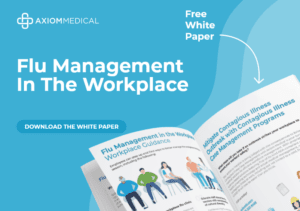The dangers of respirable crystalline silica (RCS) exposure have plagued industries such as countertop fabrication and natural stone processing for decades. Awareness of its health risks dates back to the 1930’s Hawk’s Nest disaster in West Virginia, when significant attention was drawn to the affected workers who developed silicosis, a lung disease caused by inhaling silica dust. Over the decades, research has continued to highlight the risks, leading to regulations and safety standards aimed at protecting workers from exposure.

Now, the California Occupational Safety and Health Standards Board has recently approved a permanent standard that marks a pivotal moment in safeguarding workers’ health. This new regulation, which builds on temporary emergency measures enacted in late 2023, has introduced stronger safeguards, reporting protocols, and inspection enforcement to stem the tide of silicosis cases.
Here’s why this new standard matters, the steps California is taking to enforce it, and expert insights to guide safety professionals in implementing these critical measures.
Understanding the Risks of Respirable Crystalline Silica
Tiny particles from materials like artificial or natural stone can become airborne during fabrication, grinding, or cutting. Once inhaled, these particles penetrate deep into workers’ lungs, leading to lifelong health consequences, including silicosis, lung cancer, chronic obstructive pulmonary disease (COPD), and kidney disease.
OSHA‘s data highlights the critical need for action. Over 230 silicosis cases have been diagnosed since 2019, a number that underscores alarming gaps in past safety measures. Tragically, the losses include 14 fatalities—a bracing reminder of what’s at stake.
A Leap Forward for Silica Safety Standards
The newly approved permanent standard represents tangible progress. Cal/OSHA’s efforts to protect workers now integrate enhanced safety requirements, robust monitoring, and sharper enforcement tools. This updated framework aims to address key flaws in mitigating RCS risks, including outdated workplace practices and poorly maintained equipment. For safety professionals, these regulatory changes are an opportunity to prioritize employee health.
Key features include:
• Enhanced Monitoring/Sampling: New protocols mandate routine air quality assessments to track RCS concentrations accurately. This ensures safety professionals maintain an ongoing understanding of exposure risks in real time.
• Improved Reporting: Employers must meet more stringent reporting requirements to ensure transparency regarding workplace safety practices and incidents.
• Enforcement Capabilities: Inspections are now complemented by strengthened enforcement tools. Cal/OSHA conducted 85 inspections related to silica exposure in 2023. Notably, 26% of inspected workplaces received Orders Prohibiting Use (OPUs), temporarily ceasing operations of non-compliant machinery or unsafe processes until corrected.
A New Opportunity for Enhanced Silica Safety
For safety professionals, these new standards serve as both guidance and a call to action. Here’s how to align your workplace with the new requirements while taking additional steps to protect workers:
1. Educate Your Teams
Training is the first defense against RCS exposure. Conduct workshops that teach workers how to identify high-risk areas and implement proper safety protocols, such as using water-based tools to minimize dust. Everyone, from management to on-the-ground staff, should understand how critical these measures are.
2. Upgrade Equipment and Processes
Invest in advanced machinery with dust collection/filtration systems designed to capture fine silica particles. Routine maintenance of these systems is also an essential part of supporting long-term compliance.
3. Conduct Routine Air Quality Testing
Use real-time air sampling devices to identify potential dangers as they happen. Foster a proactive, sustainable approach to safety.
4. Cultivate a Culture of Transparency
Communicate openly about safety protocols and the results of monitoring efforts with your team. Accountability and collaboration between leaders and workers can significantly reduce hazards.
5. Partner with Subject Matter Experts
Given the complexities of modern safety standards, partnering with specialists like Axiom Medical can streamline integration efforts. Their dual assessment injury management approach addresses both physical and mental health risks, creating a holistic plan that reduces workplace hazards and preserves employee wellbeing.
The Bigger Picture of Silica Safety Reform
California’s permanent silica safety standards are a win for those directly involved in at-risk industries. Beyond the numbers and regulations, this progress is about people—the employees whose lives and livelihoods now have an added layer of protection.
However, challenges remain, including the effort required to implement similar regulations outside California. Safety professionals outside of California must advocate for more than meeting the bare regulatory requirements. Instead, aim to surpass them, leading with employee care at the forefront.
Take action now. Review your safety policies, equip your teams with the tools to succeed, and secure the resources needed to comply with (and exceed) California’s new expectations. Doing so could save lives.










